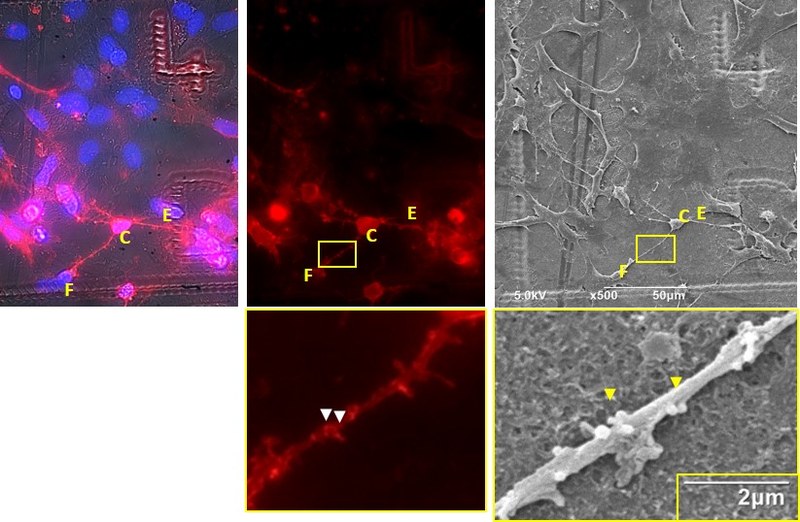Main Content
LASV infection in human CNS cells
LASV is associated with severe CNS manifestations, and previous studies have recovered infectious virus in the CSF during the late phase of infection within a patient presenting with Lassa fever encephalopathy. However, it is unclear how LASV gets access to the CNS parenchyma, which neuronal or glia cells are susceptible to LASV infection, and what are the cellular and molecular changes in CNS cells in response to infection. In this project, we analyze virus replication processes in polarized and non-polarized cells of the central nervous system (CNS) targeted by LASV via the haematogenous route during systemic infection. Using primary brain microvascular endothelial cells, we elucidate the mechanism by which LASV crosses the blood-brain barrier. We also investigate the cellular tropism, replication kinetics and virus spread of LASV in primary human neuronal and glial cells. These studies are complemented by analyzing the global host responses (via a proteomics approach) to understand how LASV modulates host protein expression during infection.

Correlative light and electron microscopy (CLEM) analysis of differentiated SH-SY5Y cells infected with the chimeric LASV/MOPV reassortant virus ML29 (Collaboration with Dr. Martin Schauflinger, AG Becker).